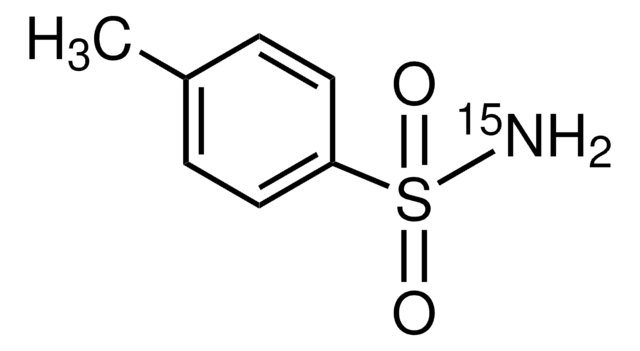511447
Phenylbis(2,4,6-trimethylbenzoyl)phosphine oxide
97%, powder
Sinónimos:
BAPOs, Bisacylphosphine oxides
About This Item
Productos recomendados
Nivel de calidad
Ensayo
97%
Formulario
powder
powder, crystals or chunks
mp
131-135 °C (lit.)
solubilidad
acetone, acetonitrile, toluene, and hexanediol diacrylate: soluble
cadena SMILES
Cc1cc(C)c(c(C)c1)C(=O)P(=O)(C(=O)c2c(C)cc(C)cc2C)c3ccccc3
InChI
1S/C26H27O3P/c1-16-12-18(3)23(19(4)13-16)25(27)30(29,22-10-8-7-9-11-22)26(28)24-20(5)14-17(2)15-21(24)6/h7-15H,1-6H3
Clave InChI
GUCYFKSBFREPBC-UHFFFAOYSA-N
¿Está buscando productos similares? Visita Guía de comparación de productos
Categorías relacionadas
Descripción general
Aplicación
- Radical polymerization of dental resins. BAPO enhances the polymerization rate and conversion compared to other initiators.
- Preparation of divinylbenzene modified polymer-based ceramic materials for high temperature sensor applications.
Palabra de señalización
Warning
Frases de peligro
Consejos de prudencia
Clasificaciones de peligro
Aquatic Chronic 4 - Skin Sens. 1
Código de clase de almacenamiento
11 - Combustible Solids
Clase de riesgo para el agua (WGK)
WGK 1
Equipo de protección personal
dust mask type N95 (US), Eyeshields, Faceshields, Gloves
Elija entre una de las versiones más recientes:
¿Ya tiene este producto?
Encuentre la documentación para los productos que ha comprado recientemente en la Biblioteca de documentos.
Los clientes también vieron
Artículos
Monomers for ophthalmic use aim for purity, reliability, and comfort, driving innovation for affordable contact lenses.
Monomers for ophthalmic use aim for purity, reliability, and comfort, driving innovation for affordable contact lenses.
Monomers for ophthalmic use aim for purity, reliability, and comfort, driving innovation for affordable contact lenses.
Monomers for ophthalmic use aim for purity, reliability, and comfort, driving innovation for affordable contact lenses.
Nuestro equipo de científicos tiene experiencia en todas las áreas de investigación: Ciencias de la vida, Ciencia de los materiales, Síntesis química, Cromatografía, Analítica y muchas otras.
Póngase en contacto con el Servicio técnico

















